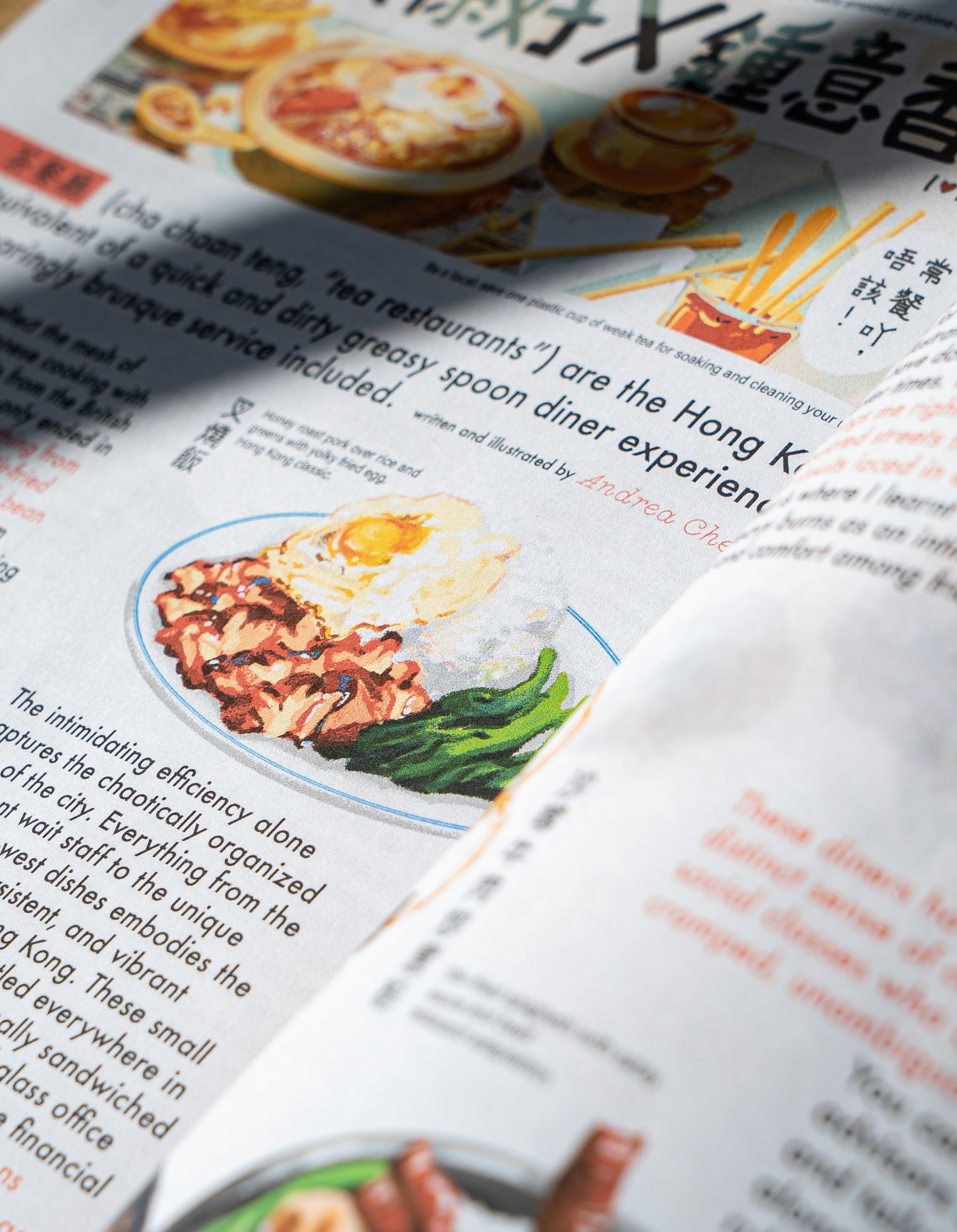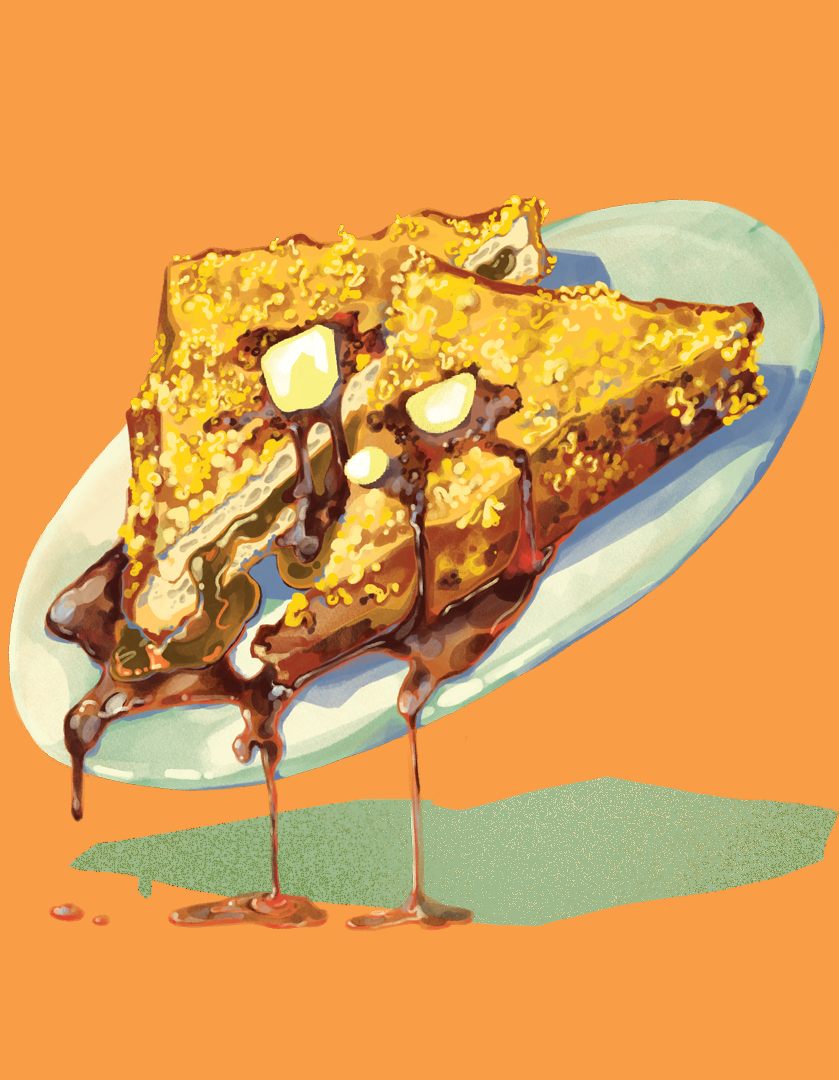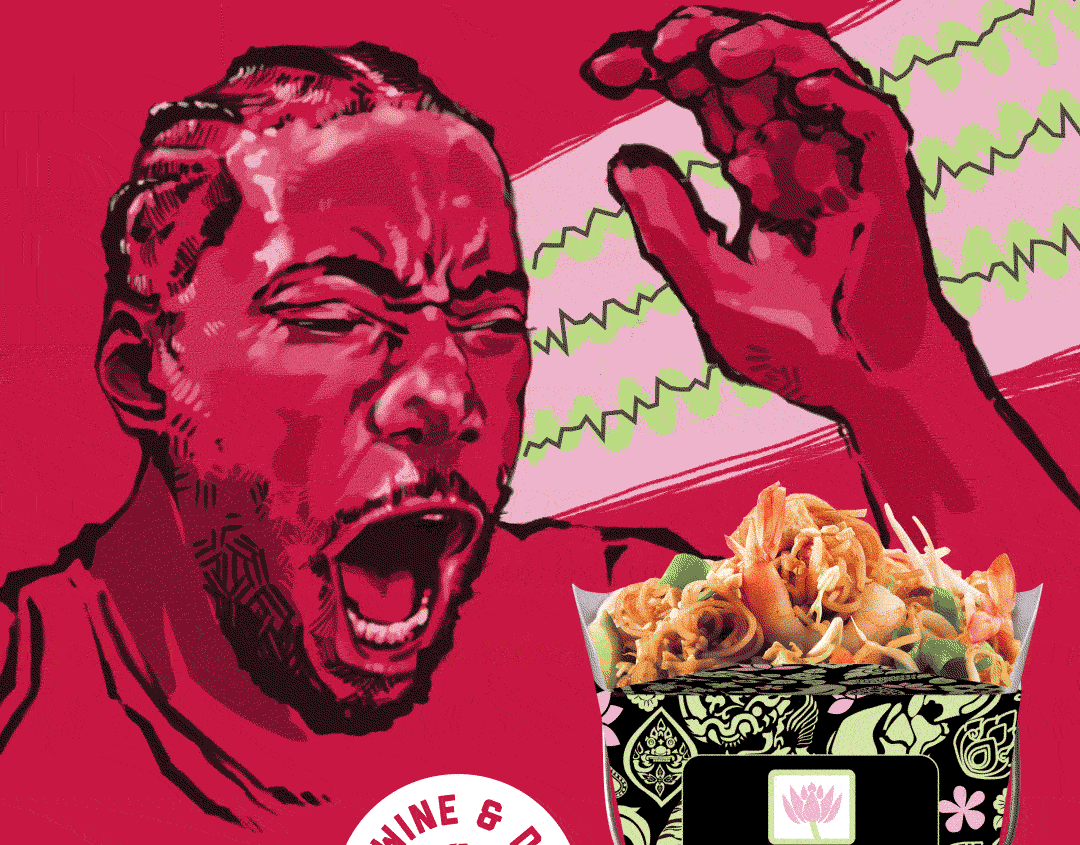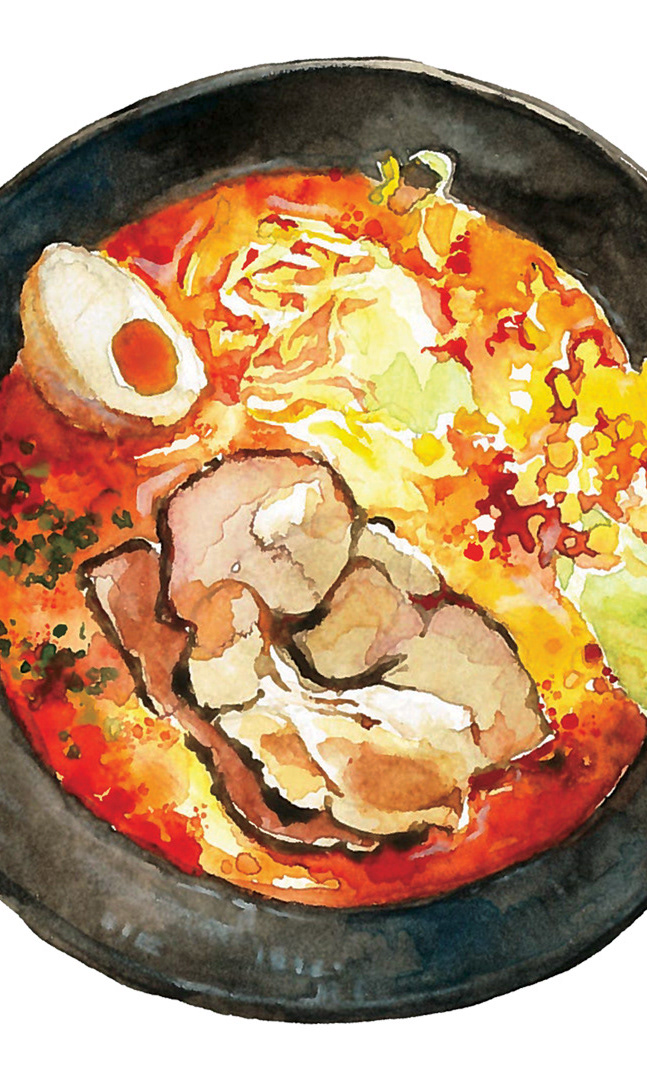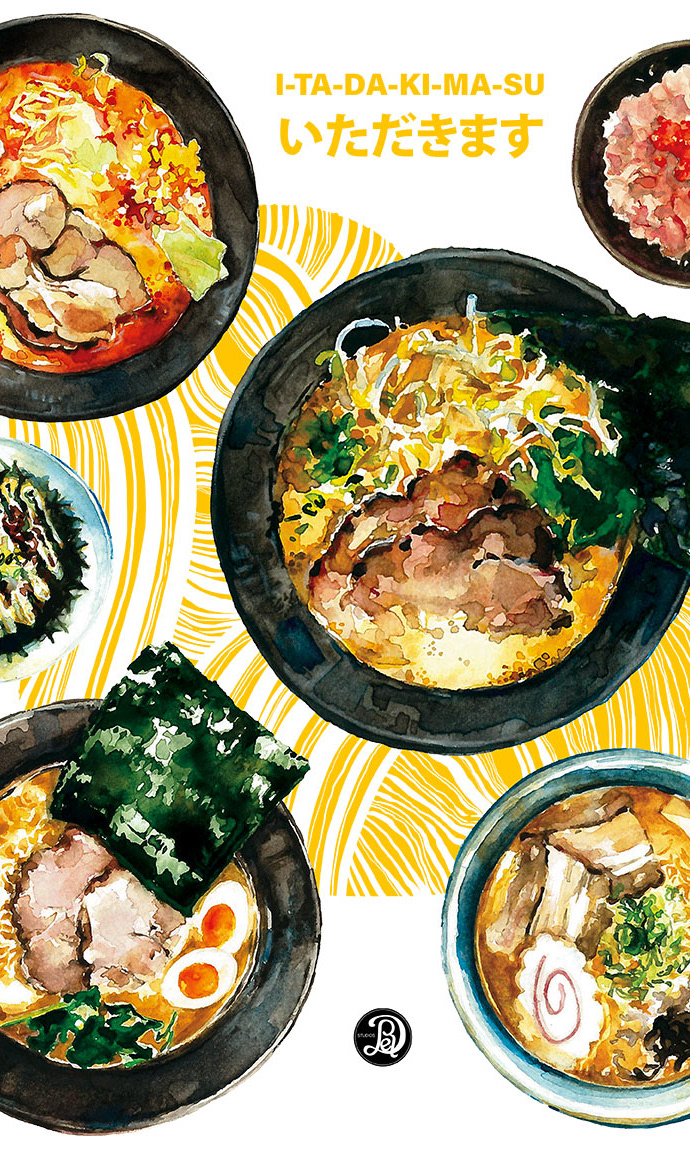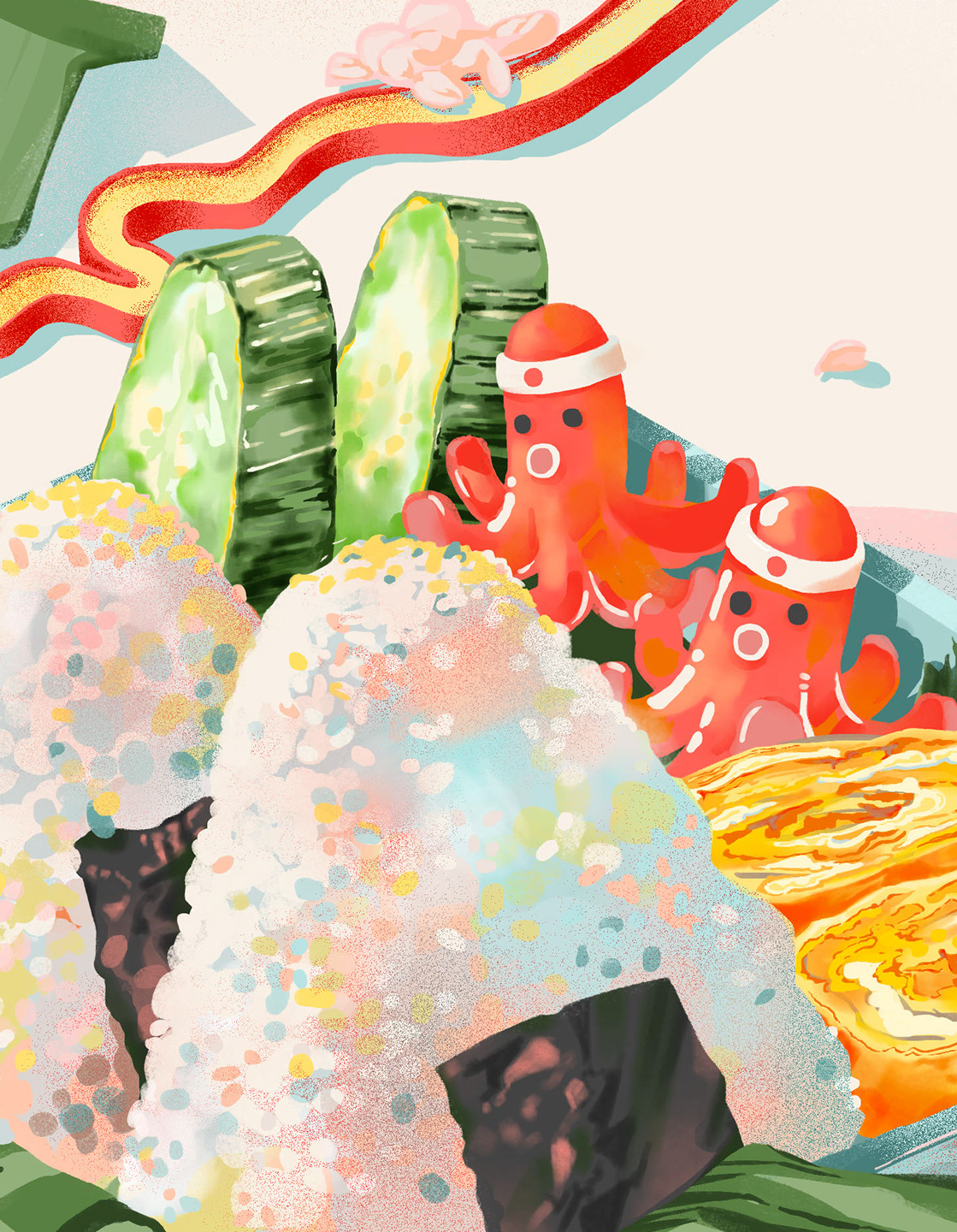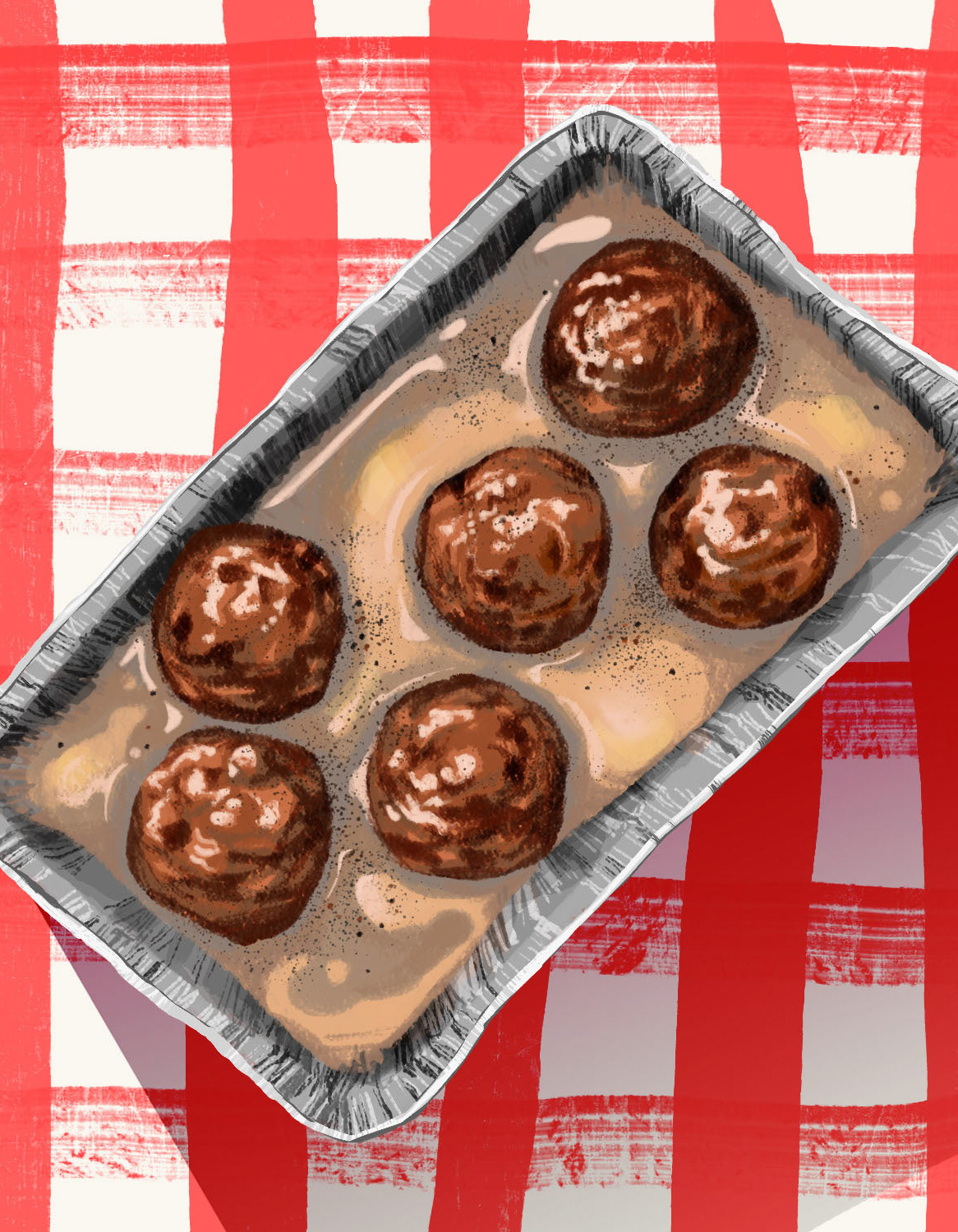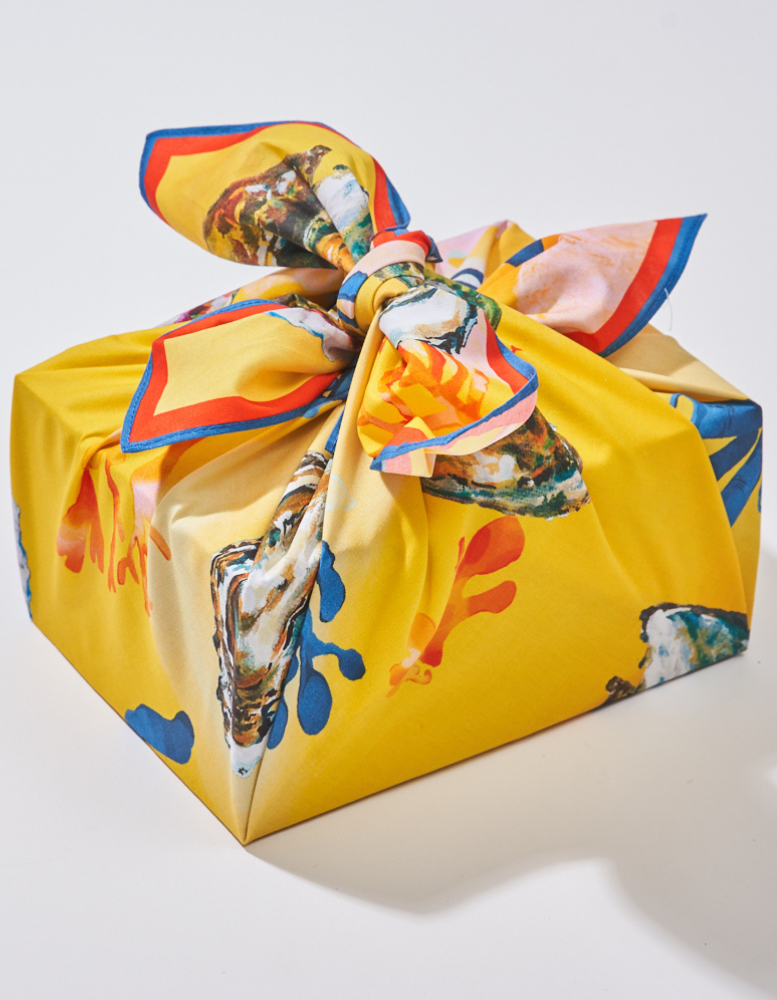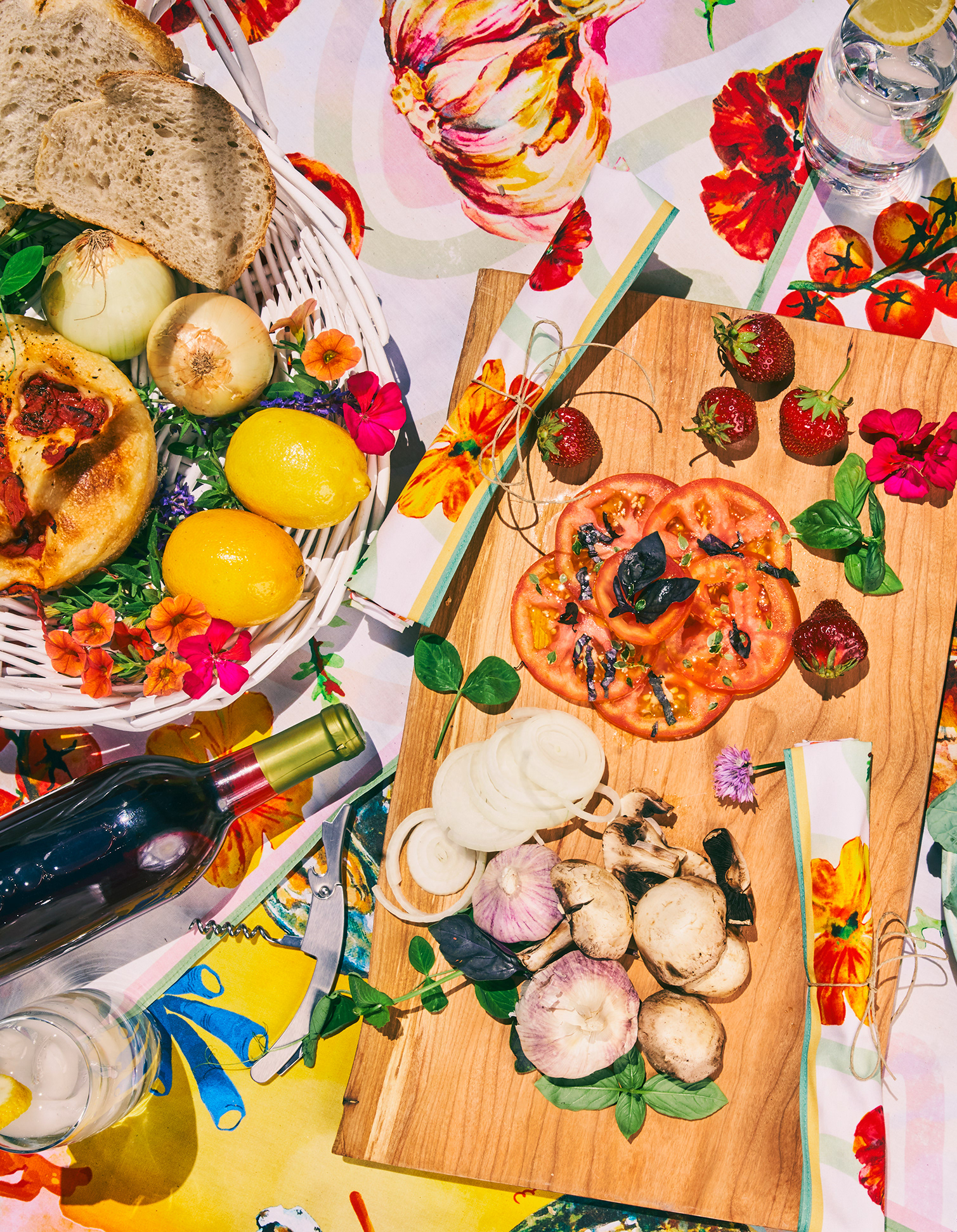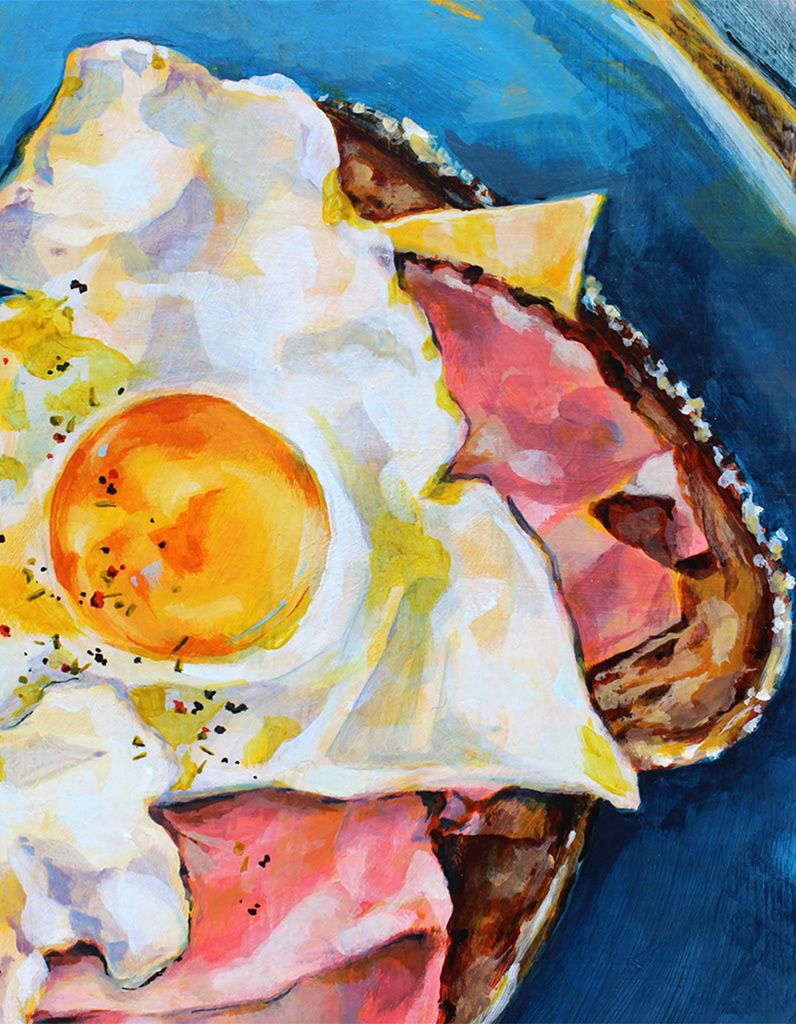Grant application to the Canada Council of Arts (08 April 2021)
Written by: Andrea Cheung
Written by: Andrea Cheung
Visual Design x education
My proposed visual art campaign “How to Eat Canadian” is a multimedia resource and online series of practical information, teaching Canadians how to develop resourceful eating habits, as one method of reducing food waste in Canada. This interdisciplinary proposal follows the collaborative principle of the Food Policy of Canada, which launched in 2019 to develop a food system that recognizes the intersectionality of food issues and utilizes multi-faceted solutions to reduce food waste. According to a 2017 research by the National Zero Waste Council, the average Canadian household wastes about 140 kilograms of food per year. “How to Eat Canadian” offers an educational remedy: to foster realistic perceptions and useful habits surrounding food through the fun, engaging language of modern communication arts. The educational artwork will include illustrations, hand lettering, short videos, and motion design, to make learning about food sustainability an appealing, feasible trend. I will research and verify my material with professional chefs and nutritionists to make sure the information is accurate and prevalent. All this content will be presented in an online exhibition on the “How to Eat Canadian” website, and shared on a rolling basis on social media platforms. My project is planned to launch in July 2022, succeeding eight months of research and development from November 2021.
why does it need to look good?
Aesthetics and good design in visual arts can make resourceful eating a fun and relatable lifestyle choice. There are existing resources on healthy and sustainable eating, but they are typically heavy on text and scientific language. For example, the Canada Food Guide offers plenty of practical advice on making healthy food choices and eating habits, but is mainly text-based with little to no engaging graphics. This academic approach is rich in information, but feeds into the common misconception that sustainable lifestyle choices are pretentious, unaffordable, and difficult to maintain. “How to Eat Canadian” uses creative visual language to make sure all this useful academic research and knowledge reaches the public in an appealing and inviting way. The digital, aesthetic manner of presentation and communication responds to the reality that most people are attuned to receiving information in social media formats instead of reading pages of text. My artistic challenge is to unify disparate languages and material into one cohesive, easily comprehensible vision. I will have to condense dry academia and statistics into quickly digestible formats through visual arts, catered to the short attention span of digital age audiences.
part 1: interviews
One part of “How to Eat Canadian” is a directory of businesses and organizations who provide useful services that encourage sustainable eating in their communities, presented through short video interviews. I propose to start in my city with interviews of 3 Montreal-based sustainable food businesses. La Tablée des Chefs and Épicerie Le Détour have agreed to participate at the moment with their letters of support. Their experiences answer two main questions: why food autonomy and sustainability are important, and how these principles are achievable through their exemplary concrete action within the realities of the existing market. The interview questions will explore their origin stories, and their missions. It will clarify their challenges from an operational and cultural perspective, and how we can effectively use their services to acquire food skills and resources as individuals. I would film the interview with my video team, in the style of a day-in-the-life documentary. The interviews will be accessible as 1-3 minute shorts, fitting the specifications of popular media channels for wide-reaching presentation. The shorts will also feature on online microsites designed for each business profile, supplementing written information, infographics, and other supportive visuals. For example, I plan to design recipes that teach fundamental cooking techniques, using the produce baskets supplied from Second Life, a Montreal-based distributor of inventory surpluses and ‘ugly’ produce.
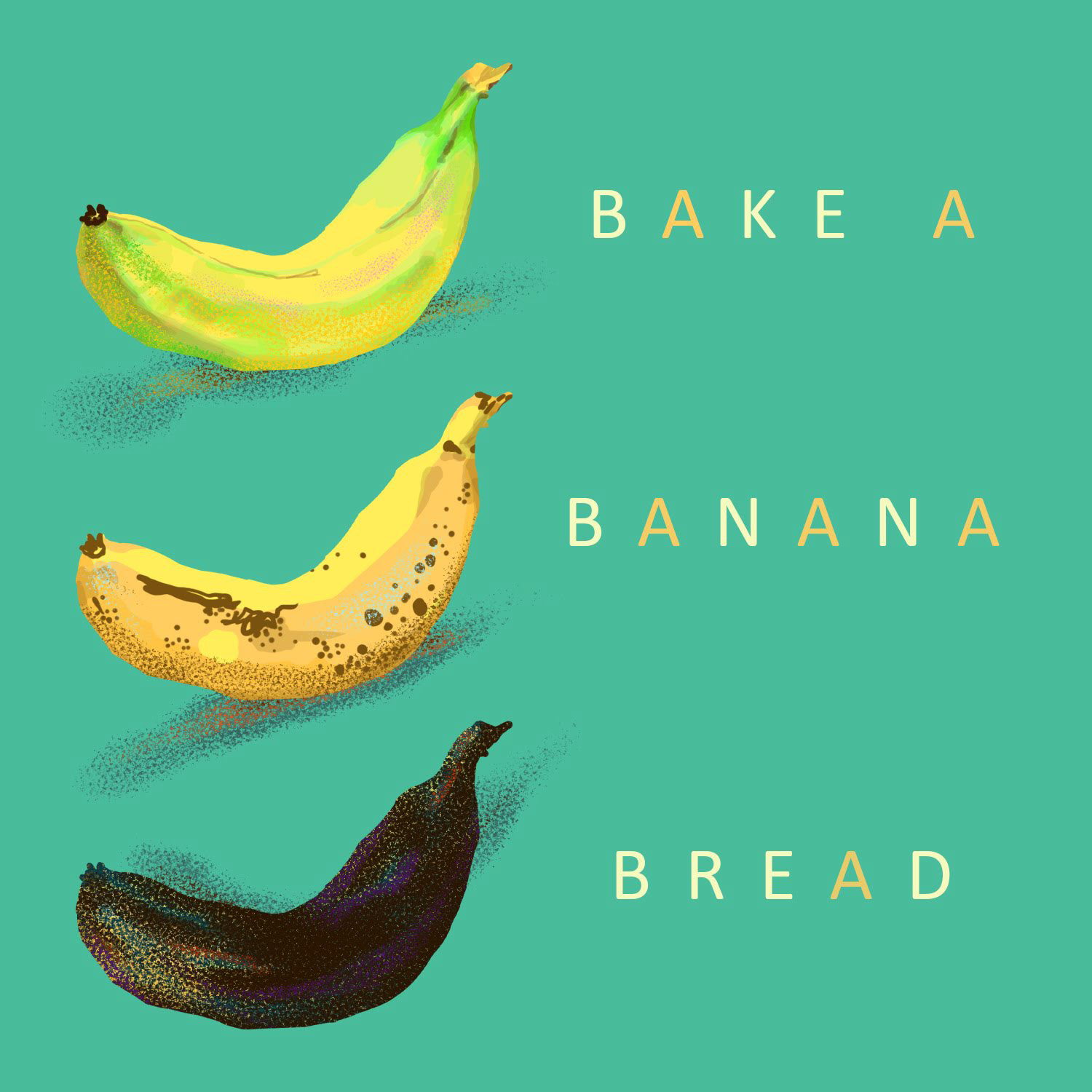
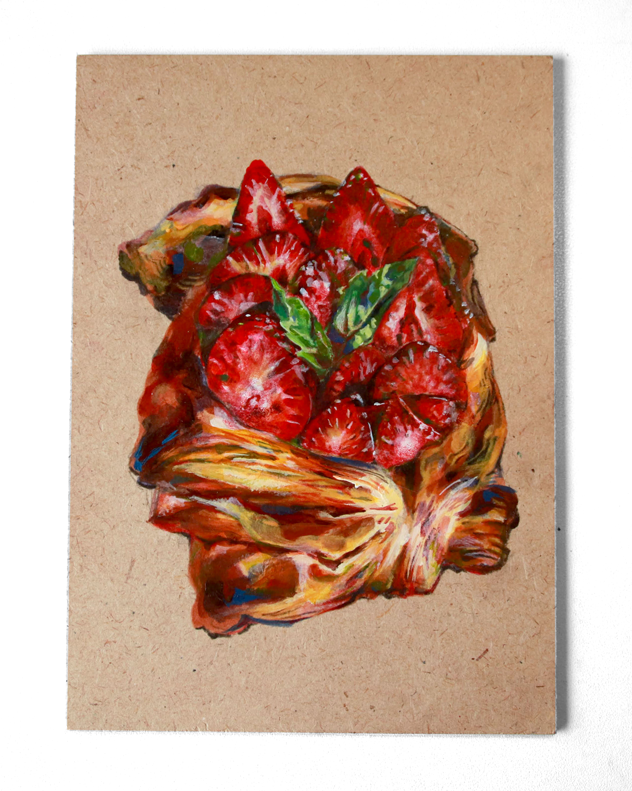
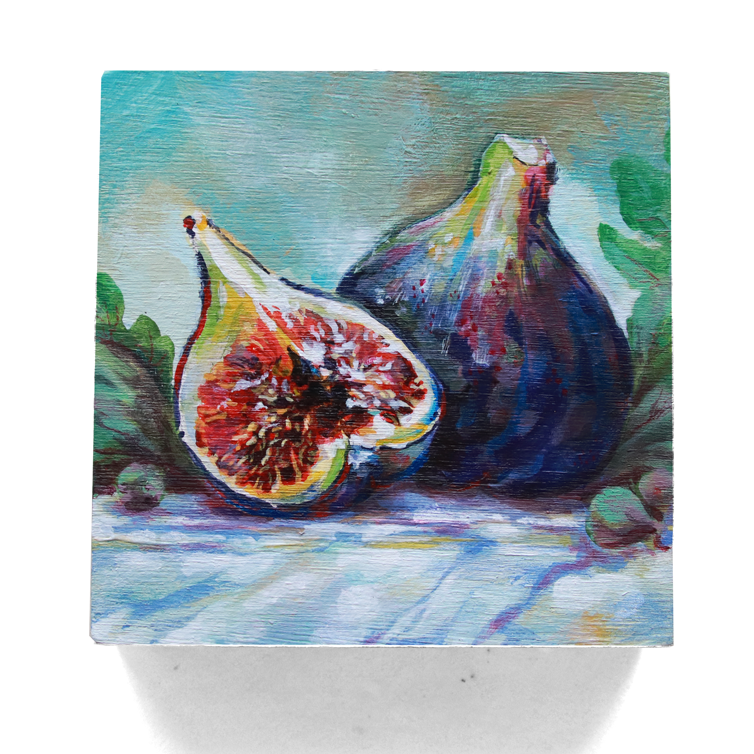
Part 2: Illustrated guides
The second part of my project teaches practical kitchen skills through visual art. I would communicate with members of the Canadian Food Policy Advisory Council, Health Canada, National Zero Waste Council, and chefs to verify globally useful kitchen practices for maximizing produce usage and shelf-life. I then represent them as illustrations for sharing through the website and social media. For instance, I can design seasonal charts for Canadian vegetables, helping people eat the freshest produce possible at their lowest cost and simultaneously repurposing production surpluses.
“How to Eat Canadian” brings communication arts and food policy together in a well designed, easily digestible presentation. It will curate helpful information from experienced professionals and deliver the practical steps of eating sustainably to Canadians in a fun, creative, and interactive way through the platform of social media. It would help people understand and exercise their power as an active participant in the cyclical relationship of food production and consumption. We can cultivate healthier food environments and habits in Canada by forging a closer relationship between people and the food we eat, and most importantly we can make it appealing with visual arts.
